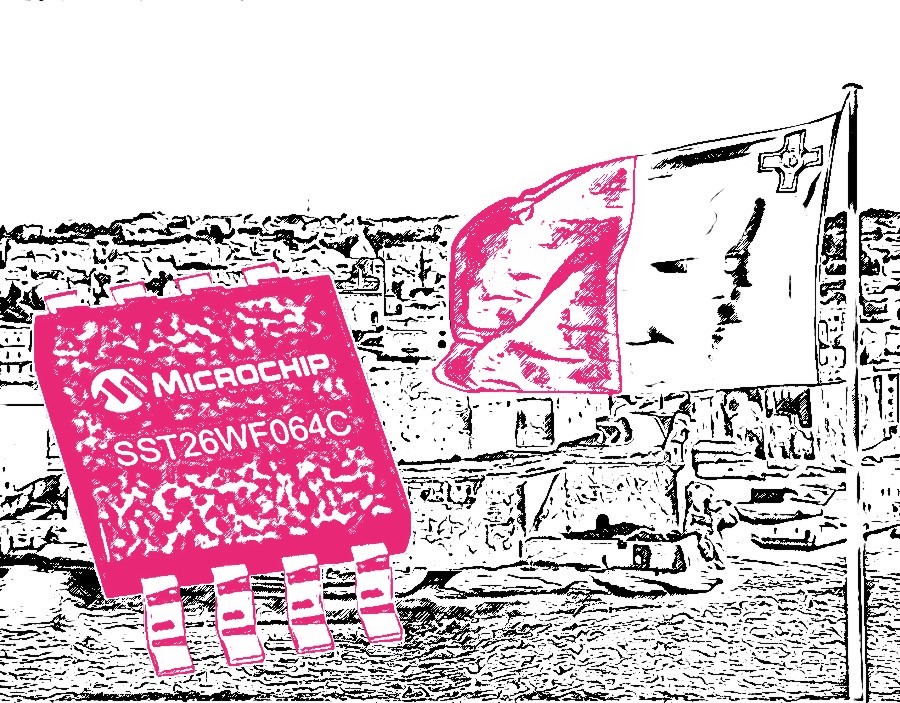The continuation of the double Irish tax structure via Malta by the US-based semiconductor manufacturer Microchip, revealed by The Currency last month to be one of the multinationals exploiting this “double malt” loophole, showed its true benefits last year. The group continued to streamline the structure during its accounting year ending on March 31, 2021 and used it to shield a growing volume of business from tax both in Ireland and in market countries, new documents show. For the first time, the filings made in recent days by Microchip companies in Ireland and in Malta, give the full picture of…
Cancel at any time. Are you already a member? Log in here.
Want to read the full story?
Unlock this article – and everything else on The Currency – with an annual membership and receive a free Samsonite Upscape suitcase, retailing at €235, delivered to your door.

